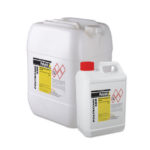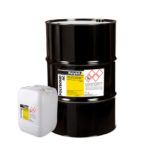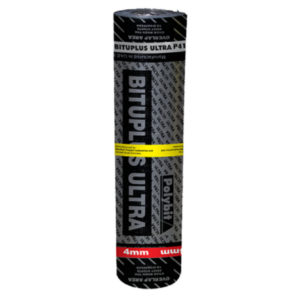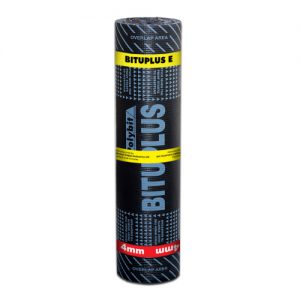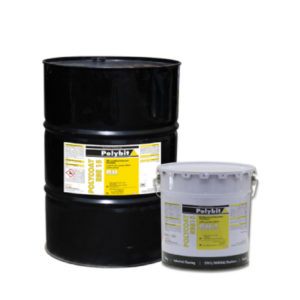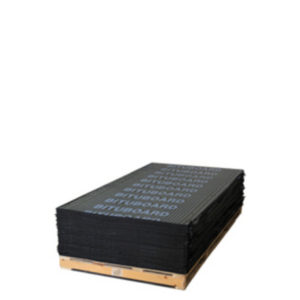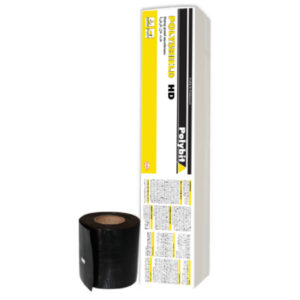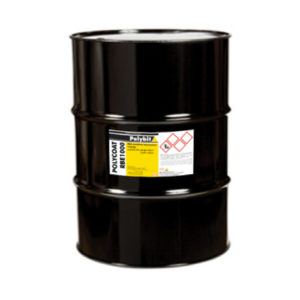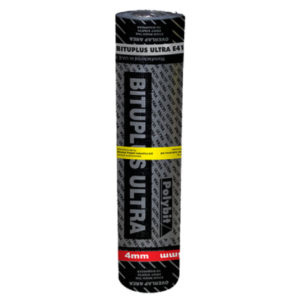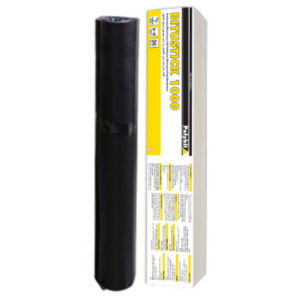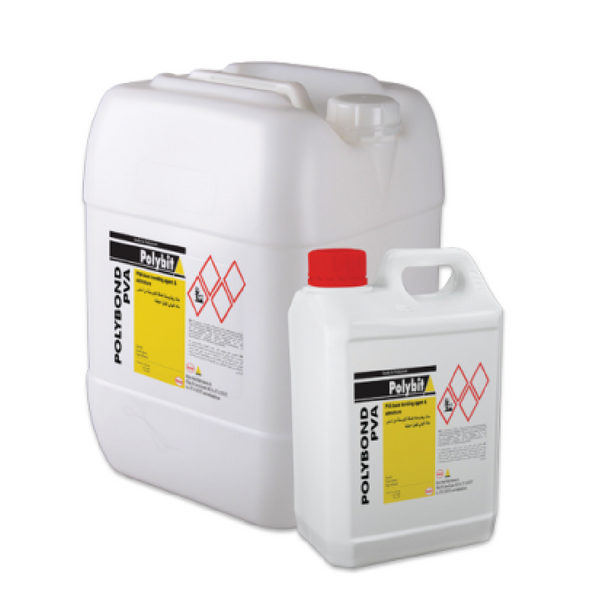
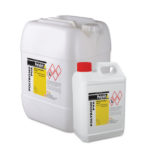
Polybond PVA
Polybond PVA
PVA based bonding agent and admixture
Properties
- Can be applied in thin screed without cracking
- Reduces the water/cement ratio
- Easy to use
- Compatible with all types of cements
- Reduces shrinkage
- Excellent adhesion to most building materials
- Good resistance to salt permeation
Description
Polybond PVA is a polyvinyl acetate based polyvinyl alcohol suspension used as a surface sealer, bonding agent and admixture for cement and mortar.
TDS For Polybond PVA
- Step by Step
Application
As an adhesive for uneven surfaces: make a paste of Polybond PVA diluted with equal amount of water, cement and fine sand. the paste can be applied as an adhesive for fixing plaster boards, polystyrene tiles. to ceiling and walls. If the surface is highly porous, apply a primer coat of Polybond PVA mixed with water in the ratio of 1:3.
As a bonding agent for screeds, plasters and renders: The surface shall be sound and free from all contaminants, such as oil, grease, paint etc. Sealing of the surface is done with 1 part of Polybond PVA with 3 parts of water. Apply the bonding coat followed by the application of the render, screed or plaster normally. The same method shall be used to bond new to old concrete.
As an admixture: For normal to heavy duty flooring, 20-30 litres of Polybond PVA is the recommended to be admixed with100 kg cement.
For heavy renderings and cementitious toppings: Seal and prime the surfaces with Polybond PVA diluted with 3 parts of water. prepare the render coat with 1 part of ordinary portland cement, 1 part clean washed sand and 1 part of Polybond PVA to 3 parts of clean water. Apply this to the tacky prime coat. 10 to 15 liters of Polybond PVA per 100 kg cement is recommended.
Note: Stir the contents of the product thoroughly, before use.

